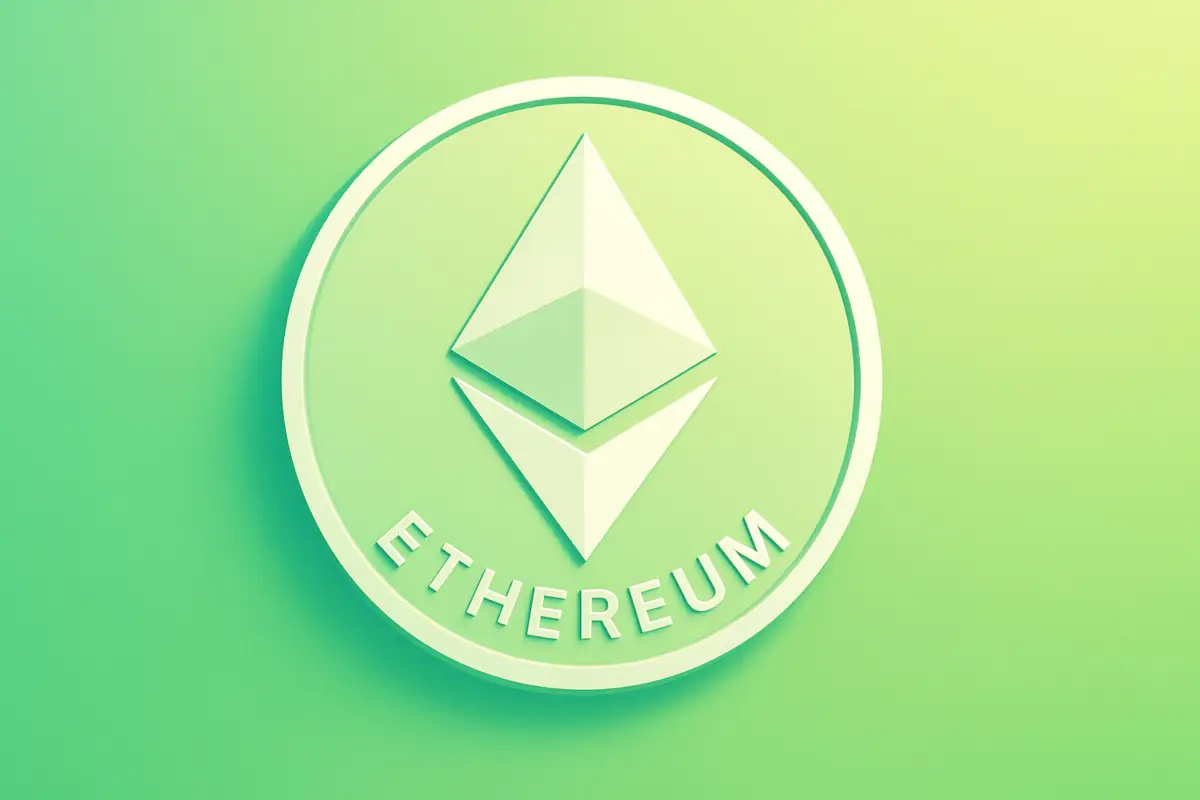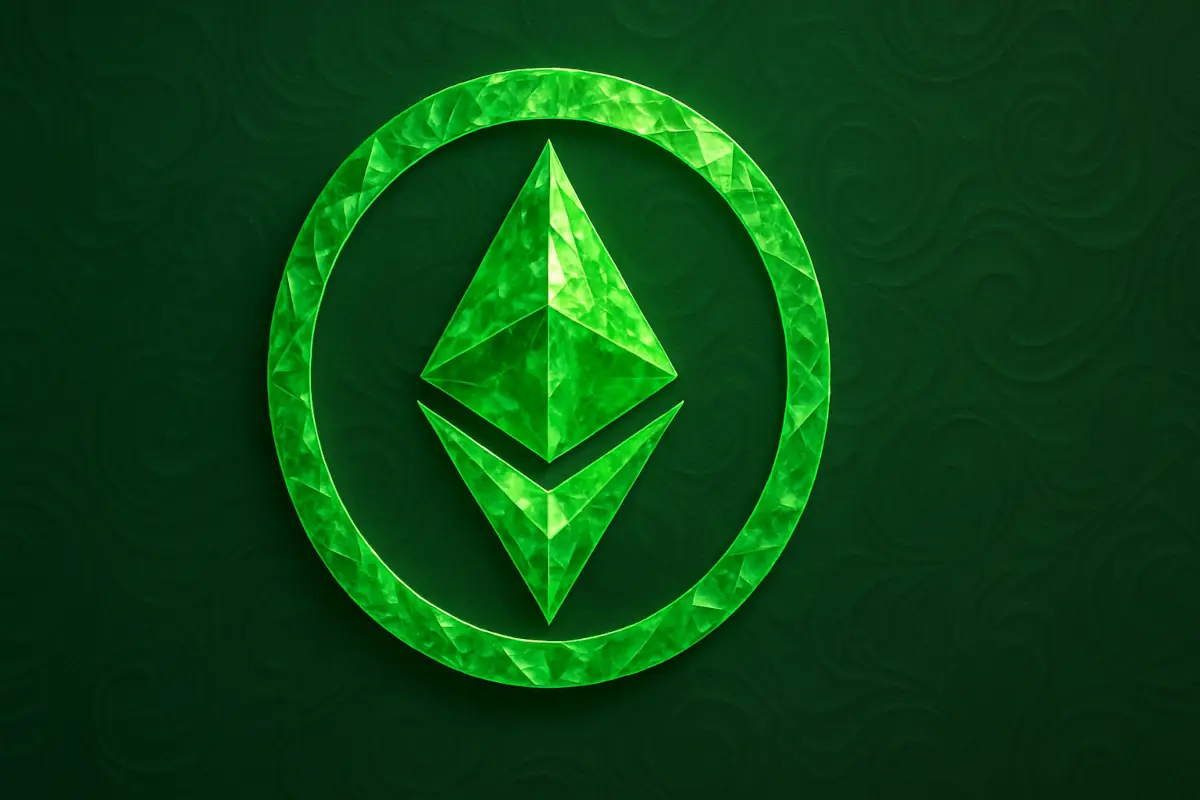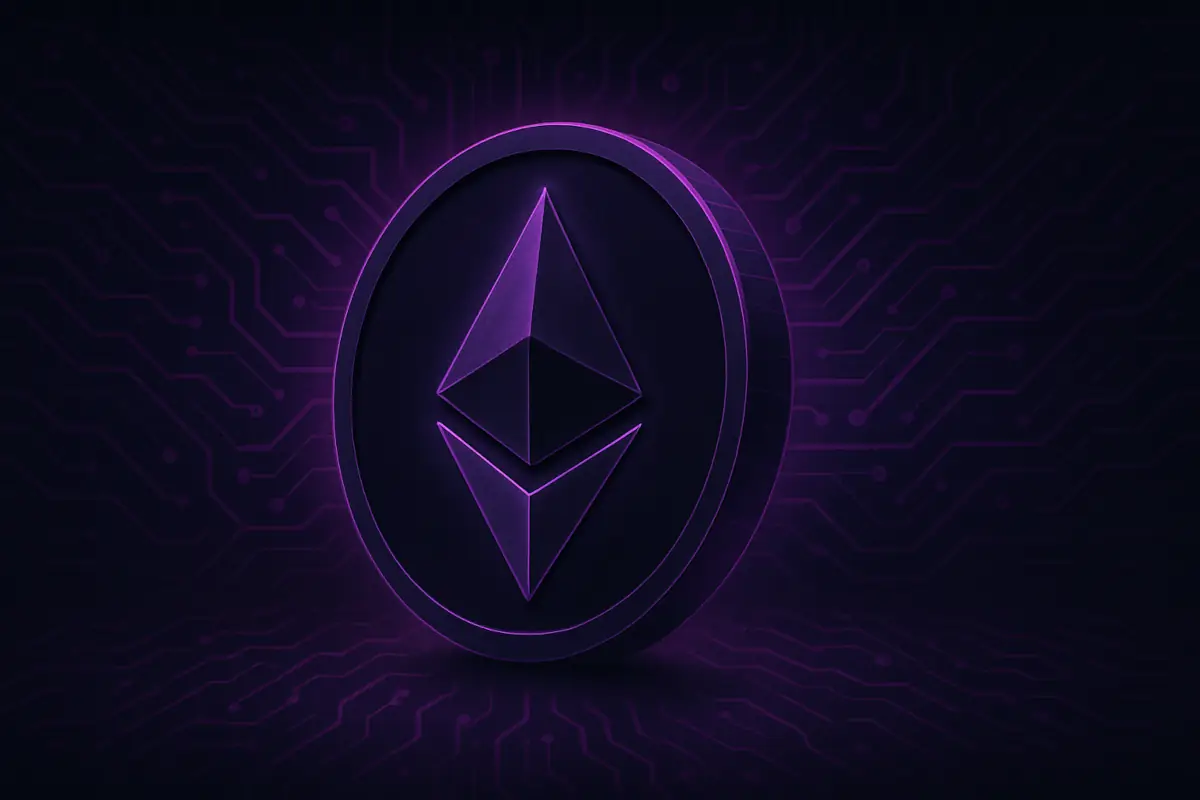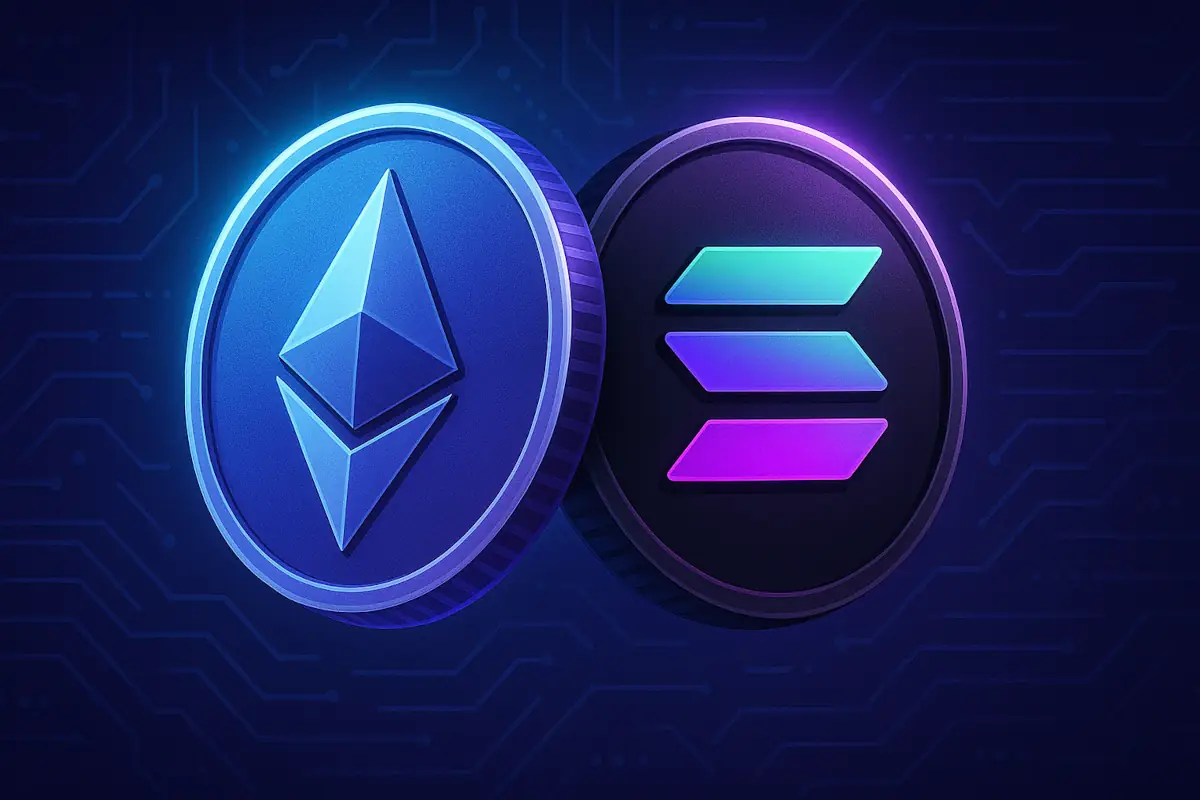Ethereum saw a significant development on May 1, 2025, when a coalition of independent developers introduced Ethereum R1, a new rollup initiative. Unlike other layer-2 (L2) scaling projects, Ethereum R1 made headlines for its stance against token-driven incentives and venture funding.
Launched at a time of growing discontent over the centralization of Ethereum’s scaling solutions, R1 favors decentralization, neutrality, and transparency, aiming to bring the network back to its foundational values.
Table of Contents
What Is Ethereum R1?
Ethereum R1 is a layer-2 rollup designed to scale Ethereum without relying on the common strategy of native tokens or governance tokens. Instead, the project is fully supported by community donations, using ETH contributions to maintain operations.
From its first announcement, the developers stressed that Ethereum R1 avoids venture capital, private token sales, and any kind of pre-mined token allocations. This approach sets it apart from most existing L2s that have leaned heavily on token launches and private funding rounds. The R1 team said:
“General-purpose L2s should be commodities – simple, replaceable, and free from centralized dependencies or risky governance. Ethereum R1 is our answer to that call – the rollup grounded in credible neutrality, decentralization, and censorship resistance.”
The core architecture of Ethereum R1 is designed for durability and flexibility. From day one, it operates as a Stage 2 rollup, which includes permissionless proving and a deliberately long upgrade delay period. This system uses a large multisig that includes representatives from across the Ethereum ecosystem, ensuring broad oversight and minimal concentration of power.
A Clear Stand Against Token-Centric Models
Ethereum R1’s creators have been vocal about the growing concerns within the Ethereum community regarding the nature of L2s that mimic independent blockchains rather than act as true Ethereum scaling solutions. Over time, many of these L2s, such as Optimism and Arbitrum, have been accused of prioritizing private interests by launching governance tokens and conducting large airdrops. The result, critics say, has been a drift toward opaque governance models and centralized control.
The R1 developers argue that this is exactly what they aim to avoid. In their words:
“Most L2s today are acting more like new L1s than an Ethereum scaling solution – private allocations, opaque governance, and centralized control.”
They envision Ethereum R1 as a corrective force, offering a neutral, public alternative free from private incentives and insider influence.
Their philosophy is reflected in R1’s fee structure as well. A proportion of the rollup’s base fees will be allocated to research and development and application development until 2030. After that, these fees will be burned, reinforcing the idea that R1 is a public good and not a profit-driven platform.
Why Ethereum R1 Appeared Now
The timing of Ethereum R1’s launch is most important. In March 2024, Ethereum implemented the Dencun upgrade, a landmark improvement that introduced “blobspace” to cut transaction fees across its L2 landscape. While this upgrade succeeded in making transactions cheaper, it had unintended consequences.
According to data from Token Terminal, Ethereum’s base layer revenue plunged by 99% by the end of Q1 2025, marking one of the most dramatic drops in its history. Transaction fees also hit a five-year low of just $0.16 in April 2025.
This decline raised alarms about Ethereum’s long-term financial sustainability. Even as L2s expanded and transaction volume surged, critics warned that Ethereum’s core infrastructure was being hollowed out. The financial incentives that once supported network security and development were rapidly dissapearing.
New Token Standards
Parallel to Ethereum R1’s launch, developers from the Ethereum ecosystem are addressing another critical issue: interoperability. On May 1, the organization Wonderland announced two proposed token standards, ERC-7930 and ERC-7828, aimed at resolving confusion across Ethereum’s expanding multichain environment.
Wonderland explained the motivation behind these new standards in a statement:
“There’s no standard way for wallets, apps, or protocols to interpret or display this information. The result? A messy, inconsistent experience that breaks cross-chain UX.”
Their proposal seeks to simplify transactions by introducing a two-part system: a machine-friendly binary format (ERC-7930) and a human-readable version using the format address@chain (ERC-7828).
The standards have gained backing from major DeFi projects, including Optimism, Aztec, Connext, and Yearn. Teddy from Wonderland stressed during a recent working group call, “We badly need feedback on the ETH-Magicians forum”, signaling a strong push for community involvement in refining the proposal.
A Turning Point for Ethereum’s Ecosystem?
The network keeps expanding through its modular setup, with more L2 options than ever. But under the surface, old problems remain: concerns about governance becoming too centralized, unclear long-term funding, and a user experience that still frustrates many.
Ethereum R1’s mission to build a neutral, public-good rollup may offer a potential antidote to concerns over L2 centralization, while ERC-7930 and ERC-7828 might be a step toward resolving practical UX hurdles in the multichain environment. Both efforts are worth keeping an eye on – because they’re aimed at problems the ecosystem can’t afford to ignore long-term.
Read more: Spot Ethereum ETFs Get Options Approval – Is Staking Next?




